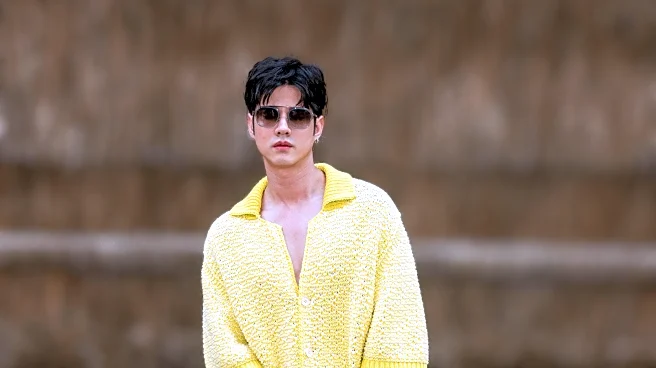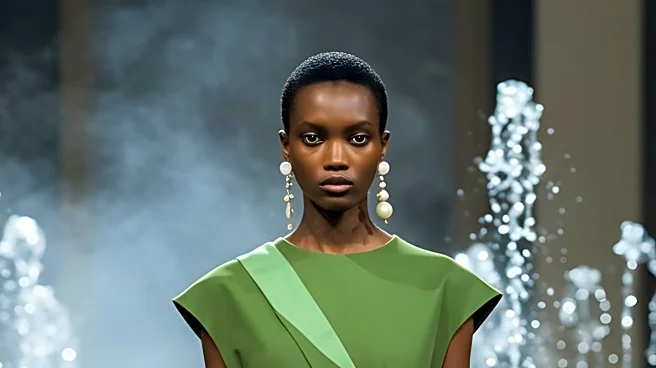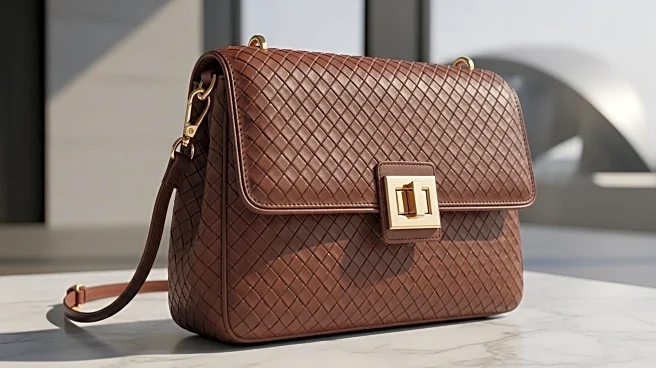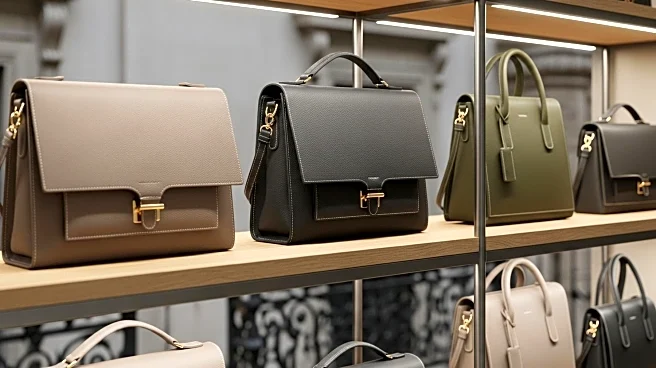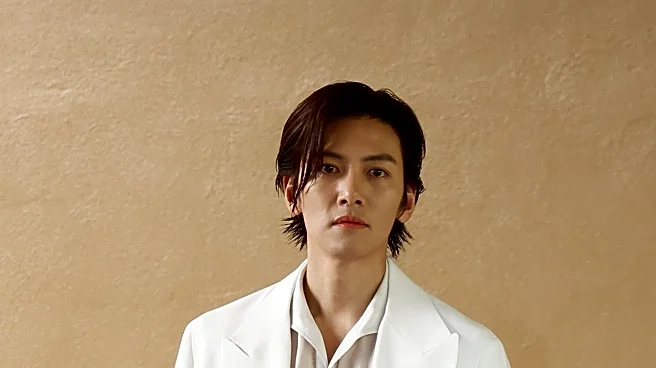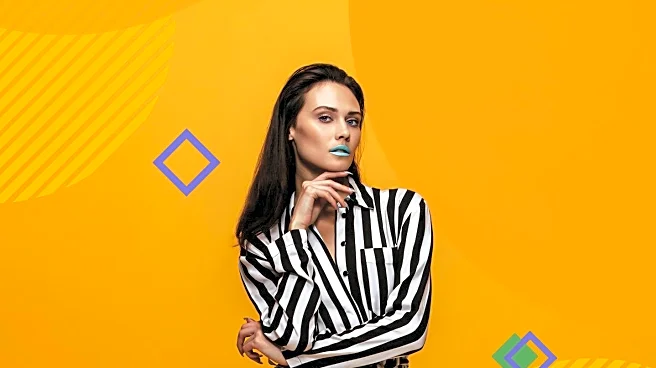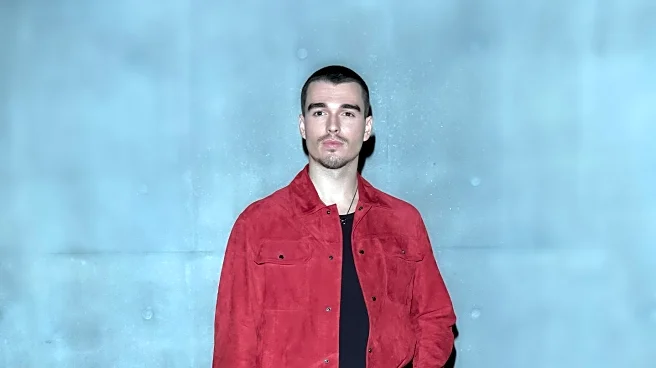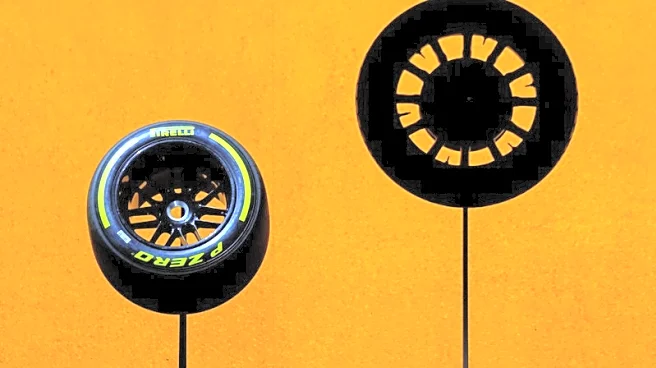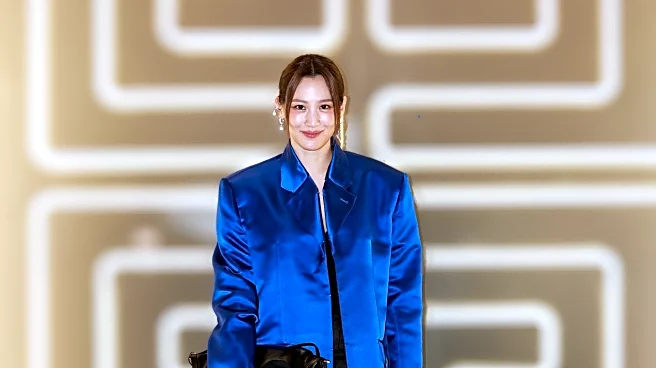What's Happening?
Milan Fashion Week showcased a variety of bold beauty trends for the spring 2026 collections, emphasizing nostalgic influences and innovative styles. Notable among these were the feline eyeliner flicks at Dolce & Gabbana, which featured precise, elongated cat-eye designs. This trend was complemented by smoked-out and ultra-thin winged eyeliner at Blumarine, The Attico, and Durazzi. Additionally, hair gel is making a comeback, as seen in the sleek styles at Prada and Tod's, where legendary hairstylist Guido Palau crafted chic looks with gel. Versace and Roberto Cavalli embraced voluminous and wind-swept hairstyles, while MM6 Maison Margiela concluded the parade with mussed-up hair. These trends reflect a blend of classic styles with contemporary elements, highlighting a desire to revisit and reinterpret past fashion influences.
Why It's Important?
The resurgence of nostalgic beauty trends at Milan Fashion Week signifies a broader cultural movement towards revisiting and reinterpreting classic styles. This trend impacts the beauty industry by encouraging innovation in product development, particularly in hair styling products like gels and accessories. It also influences consumer behavior, as individuals seek to incorporate vintage elements into their personal style. The emphasis on precise eyeliner and sleek hair suggests a shift towards more polished and refined aesthetics, which could affect makeup and hair styling practices in the U.S. fashion industry. Designers and brands may capitalize on this trend by launching new products that cater to the demand for retro-inspired looks, potentially driving sales and shaping future fashion directions.
What's Next?
As these beauty trends gain traction, U.S. fashion brands and designers may adopt similar styles in upcoming collections, potentially influencing the direction of American fashion shows. The revival of hair gel and precise eyeliner could lead to collaborations between beauty brands and hairstylists to create innovative products that cater to these trends. Additionally, fashion influencers and celebrities might embrace these styles, further popularizing them among the public. The integration of nostalgic elements into modern fashion could also spark discussions on sustainability and the value of timeless designs, encouraging consumers to invest in versatile and enduring pieces.
Beyond the Headlines
The nostalgic beauty trends seen at Milan Fashion Week may have deeper implications for the fashion industry, particularly in terms of sustainability and cultural appreciation. By revisiting classic styles, designers are promoting the idea of timeless fashion, which could encourage consumers to make more sustainable choices by investing in pieces that transcend seasonal trends. This movement also highlights the cultural significance of fashion history, as designers draw inspiration from past decades to create contemporary looks. The blending of vintage and modern elements may foster a greater appreciation for fashion as an art form, encouraging a more thoughtful approach to style and consumption.

